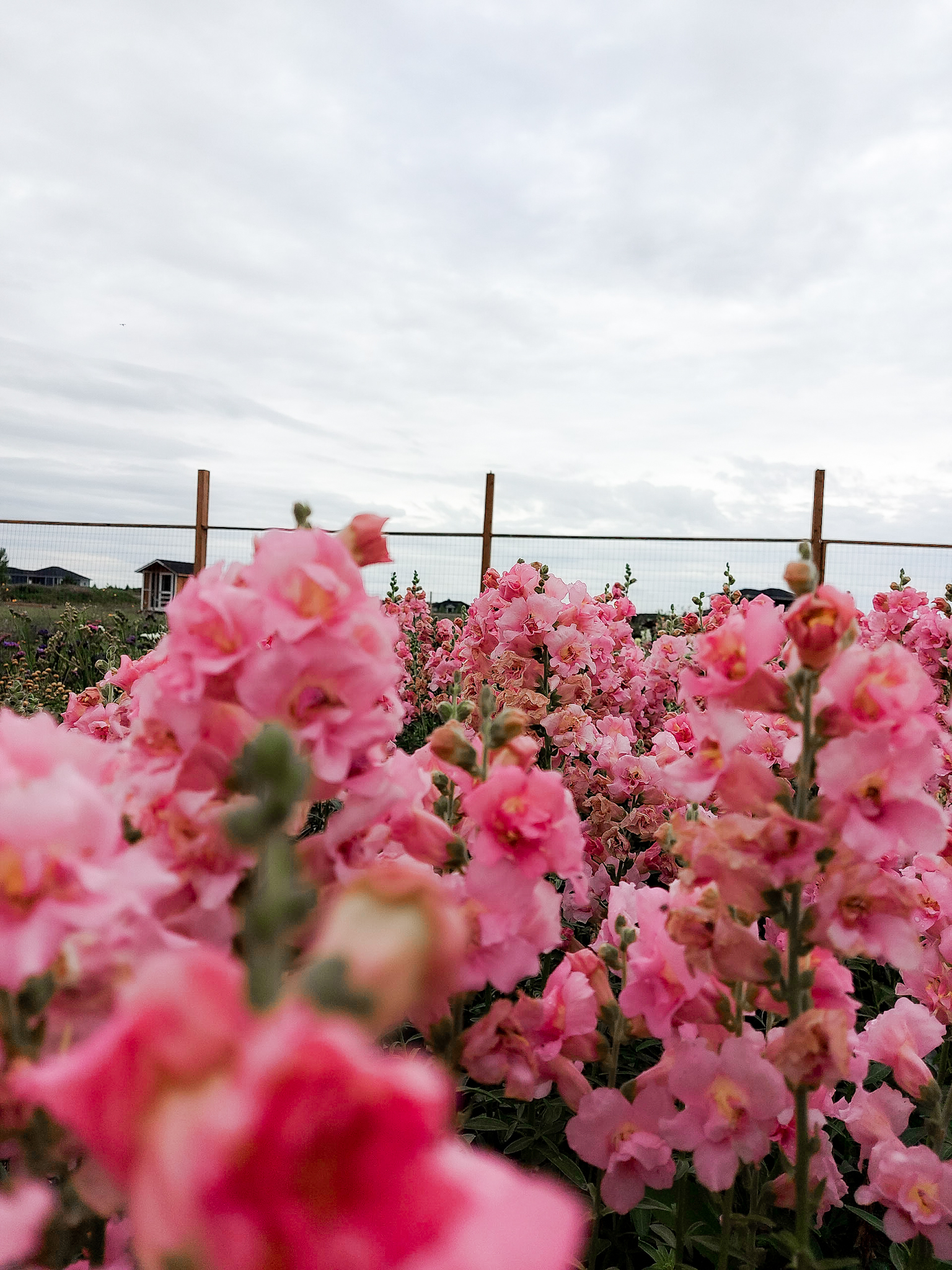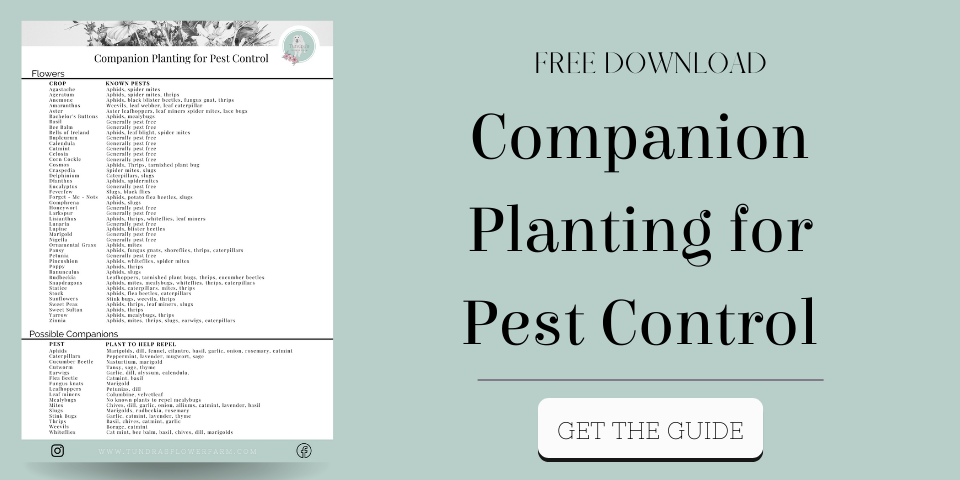Last summer I had a pretty serious thrips problem in my garden. So, this winter I spent a lot of time looking into different ways to fight these little guys. One of the methods I found, of fighting garden pests, was companion planting. There are definitely great benefits to companion planting, and it will help your pest problem but it won't be a stand-alone solution.
One of my favorite resources is Lisa Mason Ziegler's book: Vegetables Love Flowers. It is full of little tips and tricks to help control pest infestations, and improve overall plant health. There seems to be much more information for vegetable growers than flower growers, not surprising, but if you have any good flower companion planting resources let me know!
1: What is companion planting?
Companion planting, simply put, is growing two different plants side by side, or together for a specific purpose. If you have an insect problem you can grow two different plants together, as companions; one plant may repel pests from the other. Some companions will provide shelter or nourishment for beneficial insects. Some plants simply make great companions because they have different rooting depths, or plant heights and don't compete for nutrients or sunlight.

2: How can companion planting help control pests?
There are a number of strategies that can be used to discourage pests. Did you know that certain pests rely on their sense of smell to find a good food source out in your garden? Other pests use their sight, and are attracted more to white or yellow colors.
Repelling pests
Most plants, when they have been damaged, will release phytoalexins, which are repellents stored within the plant cells. Sometimes the repellents of one plant will protect another by encouraging a specific pest to move along.
“A Washington State University Institute of Biological Science study showed that pest-attacked tomatoes can warn other plants to produce more phytoalexins. In this study, tomatoes attacked by pests released a perfumy fragrance (methyl jasmonate) that caused nearby tomato, tobacco, and alfalfa plants to manufacture compounds poisonous to insects.” - Rodale's Successful Organic Gardening Companion Planting, Susan McLure
Masking
Many plants have very strong scents, herbs especially, produce strong aromas which can help mask the scent of crops that are more prone to pests because of their more favorable scent.
Decoy or trap crops
There are certain crops that pests just love. Last summer I put out a tray of stock to harden off and in less than an hour it was destroyed by flea beetles! You can plant a sacrificial crop to congregate your pests. Once they have infested this ‘trap crop’ you can destroy it and the pests along with it.
3: Benefits of companion planting:
- Soil improvement: some plants will make more nutrients available in the soil for the other plants that are planted nearby.
- Rooting patterns: some plants are known to grow very deep roots while others are fairly shallow, this allows for more nutrients to be brought up and used in the same soil if these plants are grown together as companions.
- Nutrient needs: some plants are heavy feeders while others are light to moderate feeders, you can see how these different plants could do very well together.
Disclaimer
This post contains affiliate links, which means, that if you purchase something, I earn a small commission at no extra cost to you.



